Three Necessities For Becoming A Repeatedly Innovative Organization.

By Sean Kennedy https://wthtm.com
The article below was originally published in June 2018 and was based on a previous article from November 2017. Over the course of 2020 I had the opportunity to return to these ideas, refine them, apply them in new situations, and learn a bunch more from my experiences and also the study of others’. I intend to revisit and provide updates and expansions to some of the ideas in this post over the course of 2021 – and beyond: learning is a lifelong activity and learning is at the heart of innovation.
Before we get into this article I want to share a few thoughts about innovation. Innovation can be difficult to pin down and define, but I think we can provide some bounds. It is not simply invention. One of my favorite examples of invention (and “pure” science, for that matter) that didn’t matter until there was a use for it is the boolean logic and algebra used by all our modern computers that was first defined in 1847. Innovation was the practice and effort of turning that invention into something that filled a need sufficiently for people to voluntarily pay for it.

At the same time, while there can seem to be more of a blurry line, improvement is not innovation. As I wrote with my colleague and friend, Basia Coulter:
Both innovation and improvement lead to progress. Innovation helps spur and accelerate growth; improvement makes growth sustainable. Innovation leads to a fundamental (and often radical) change, while improvement drives change incrementally over time.
“Innovation and improvement — How do they differ?”, stayrelevant.globant.com
So, innovation is about applying inventions and discoveries for the purpose of addressing a real need that people will pay to have solved, and doing so in such a way that you can earn enough income to keep doing it over time, i.e. that you can do so profitably. And innovation creates new value by finding novel ways to solve problems that already have a solution and/or by finding and solving new problems all together.
Now, here’s the article from 2018, with an updated, but it looks like never published, preamble and other updates from October 2019:
Being a consultant has been one of the most satisfying things I’ve done in my career. It has also been the most frustrating and heartbreaking. When you partner with a client and together bring about a new product, a new customer experience, a change in their business, a new technology foundation, …, that moment when you step back and look at what you’ve accomplished together and are filled with satisfaction and pride, these are counted among the most satisfying moments of my career. On the other hand, when the people you’ve been working with don’t get the support of their leaders, are blocked by some other bureaucratic power center in the business, just can’t dedicate the resources to execute just yet, …, those are very frustrating moments. And, when in the face of opposition, setbacks, surprises, …, the people you’ve been working with revert to the “old ways”, prioritize the “easy” over the “good”, succumb to the internal power dynamics of their organization, …, those are the most heartbreaking professional moments I’ve ever experienced.
Hopefully, all of those highs and lows, especially the lows, haven’t just been experiences to be endured, but have been learning experiences that have helped me grow in wisdom. Well, I’ve certainly treated them as learning experiences for myself, and I’ve pulled together my conclusions for you below. So without any more preamble, here are 3 areas of competency that I think are necessary for organizations to succeed in this digital age:
1. Executional Agility
Yes, the Agile Manifesto is still relevant. No, it’s not the only kind of agility necessary for successful innovation.
In the nearly 20 years since the Agile Manifesto codified the challenge to the prevailing approaches to managing software development lifecycles, even teams working in the most regulated and hardware-dependent industries have adopted many of its principles. If you are applying the practice of retrospectives well, your teams have likely already surfaced:
- The need to streamline how the working software they produce gets into production
- The value of decisions and priorities being supported by the availability of meaningful and pertinent data
Indeed, we can observe that organizations that had strong agile software development practices were among the first to build DevOps practices that accelerated delivery, and analytics and Big Data practices that supported decisions and priorities.
Today, the benefits of all three approaches to execution (Agile software development, DevOps, and analytics and Big Data) are noticeable individually, but transformative when taken together. It is the combination of the three that produces the Executional Agility that allows an organization to innovate repeatedly.
2. Customer Experience Centeredness
Outside-in thinking, Jobs-to-be-Done, Design Thinking, The Golden Circle, … what all of these approaches and frameworks are pointing us towards is understanding and improving the experience of using a product or service. I add the emphasis on experience because I think many organizations have improved their offerings and customer satisfaction by being customer-centered, but I don’t see competence in being customer-centered as being enough to drive repeated innovating. I think some examples will help illustrate the difference.
The education market has long been dominated by Apple and Microsoft. By being customer-centered they identified what was important to buyers and decision makers (e.g. size of discounts, “ease of use,” market-use, perceived future relevance) and have created solutions that have stood up against lower-cost, Linux-based alternatives, for years. Google, however, by being customer experience centered, transformed the jobs of administrators (e.g. provisioning, security, monitoring) and nailed those of teachers and students (i.e. teaching and learning, respectively), so that it is now the go-to solution in education. More, Google is starting to leverage their success in education to power growth in the business market.
Another good example is Airbnb. The initial insight was driven by an unserviced/underserviced customer need: accommodations for travelers on very low budgets. The answer for this was a customer-centered “air mattresses in the spare bedroom.” What transformed the startup, and was the genesis of their new Trips offering, was a focus on customer experience.
3. Hypothesis-Driven Discovery
As you may already have noticed from the examples in previous sections, some truly transformative customer experiences arise from hypothesis-driven discovery. The Chromebook wouldn’t have disrupted the education market without the creation of Chrome OS to test the hypothesis that “some people can do everything they need in a browser.” Airbnb probably wouldn’t exist today without many different experiments to learn how to build a superior travel experience.
A hypothesis doesn’t have to be transformational to merit experimentation. Indeed, it is often the successive testing of small hypotheses that follow one from the other that can lead to “breakthrough insights.”
When companies are in the startup phase of their existence, like a young child, they do many experiments to understand themselves and the world they’re in. Those organizations that repeatedly innovate are not like teenagers that experiment with whatever they see their peers doing. They are more like an emerging tennis pro who is tweaking his powerful serve to make it more accurate, while also working on adding a net game to his arsenal to be a more complete and effective player. Bringing this back into the terms of established organizations, they both experiment with ideas to improve their current business (e.g. A-B testing on a shopping cart) and explore more radical thoughts (e.g. automatically delivering an item from a wish list at a significant discount).
4. Culture
Yes, I know I started with a list of three and I still say there are 3 Competencies, however, there is a fourth feature that all repeatedly innovative organizations have: a culture of choosing to make progress in those competencies over choosing short-term outcomes.
In a way, we can say that repeatedly innovative organizations don’t allow the ends (short-term outcomes) to justify the means (tactics and approaches that undermine their teams’ work across these 3 Competencies).
If you want to repeatedly innovate, your culture must:
- Support investments in people, processes and technologies to enable Executional Agility
- Be unsatisfied with customer-centric answers and both dig deeper and think broader to center solutions on the Customer Experience with your products and services
- Value invalidated hypotheses as much as validated ones to create an environment where “wild” experiments can be run as well as “mundane” and for the organization to be discovering truths rather than reinforcing wishes
Putting it Together in Practice
However far along in these areas of competency and culture you may be, there is always a need to continually improve and to challenge yourself to take fact-supported risks. That is, whether you’re just aspiring to become a repeatedly innovative organization, or you already have a proven track record, you must not lose focus on making incremental improvements in each of these areas. Along the way to becoming competent, or ultimately exceptional, in all of them, you will realize benefits beyond those you would expect from such limited initiatives in isolation: one of the most powerful “oversized” outcomes of some limited-scope, incremental initiatives, is that their completion helps other leaders in your organization see the vision just a little bit better, such that they become advocates for more improvements.
If you want your organization to be a great place to work and for it to be a leader in your industry, the answer is the same: create a culture that values and supports repeated innovation, big and small, through competency and continuous improvement in Executional Agility, Customer Experience Centeredness, and Hypothesis-driven Discovery.
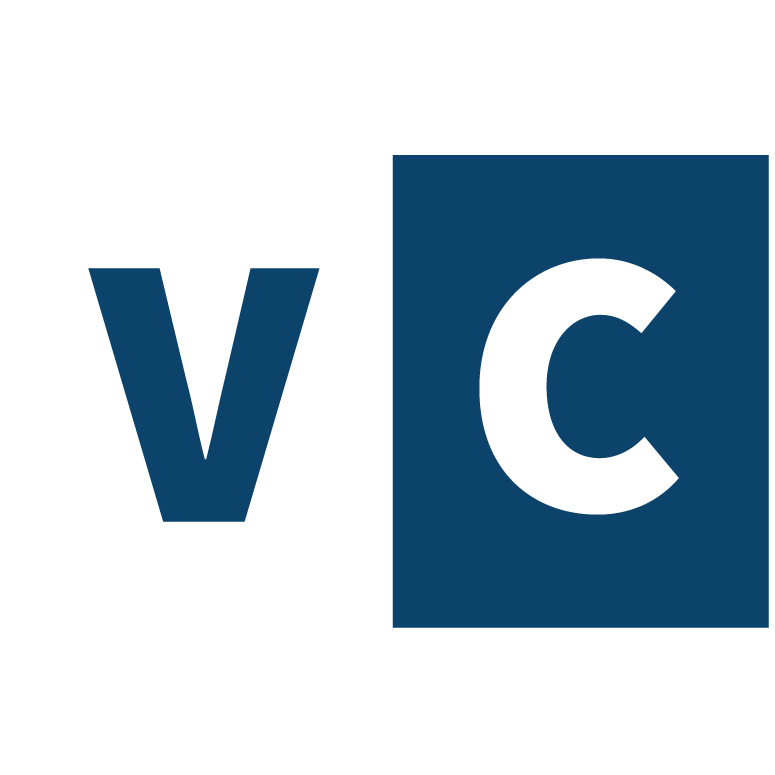
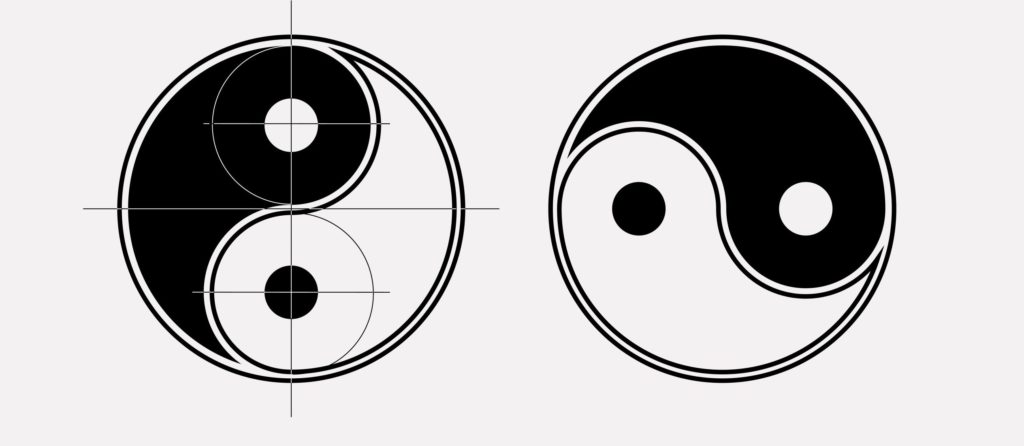

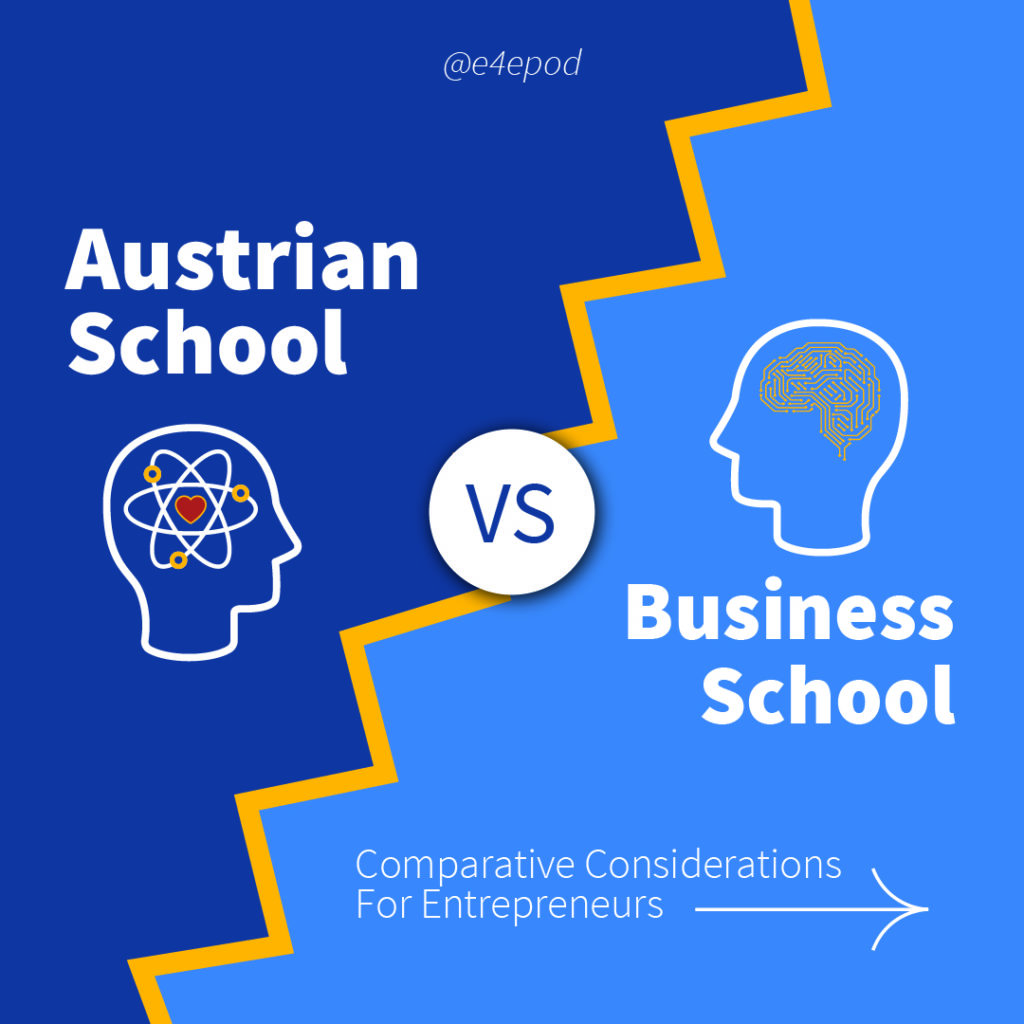
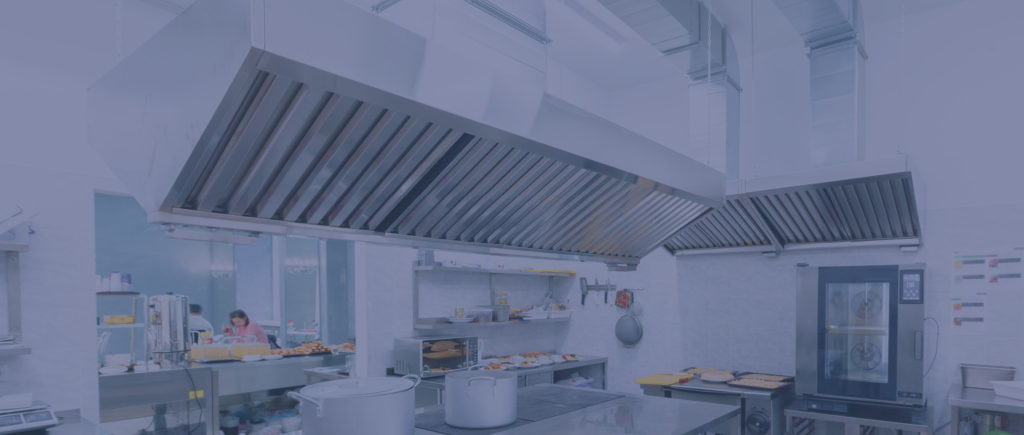
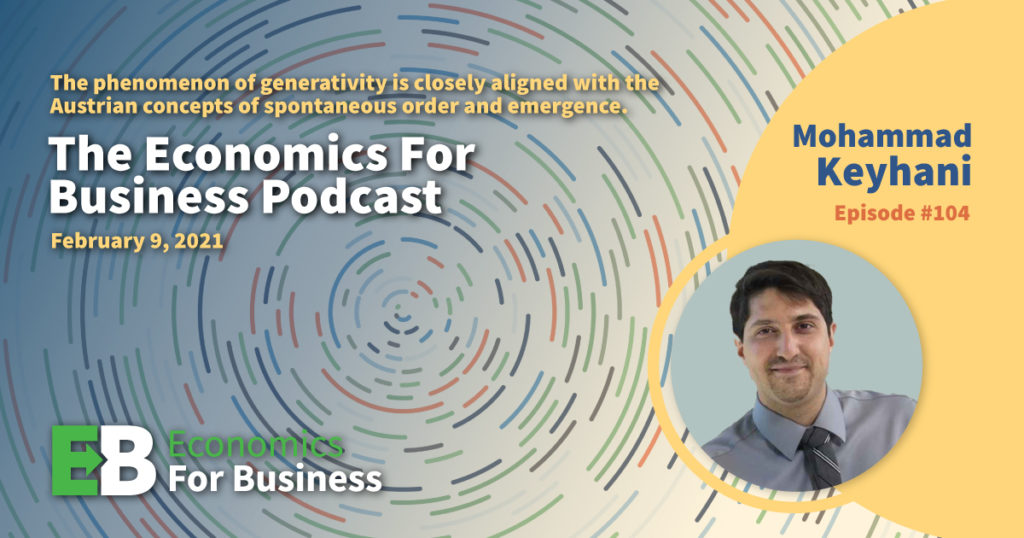

Responses